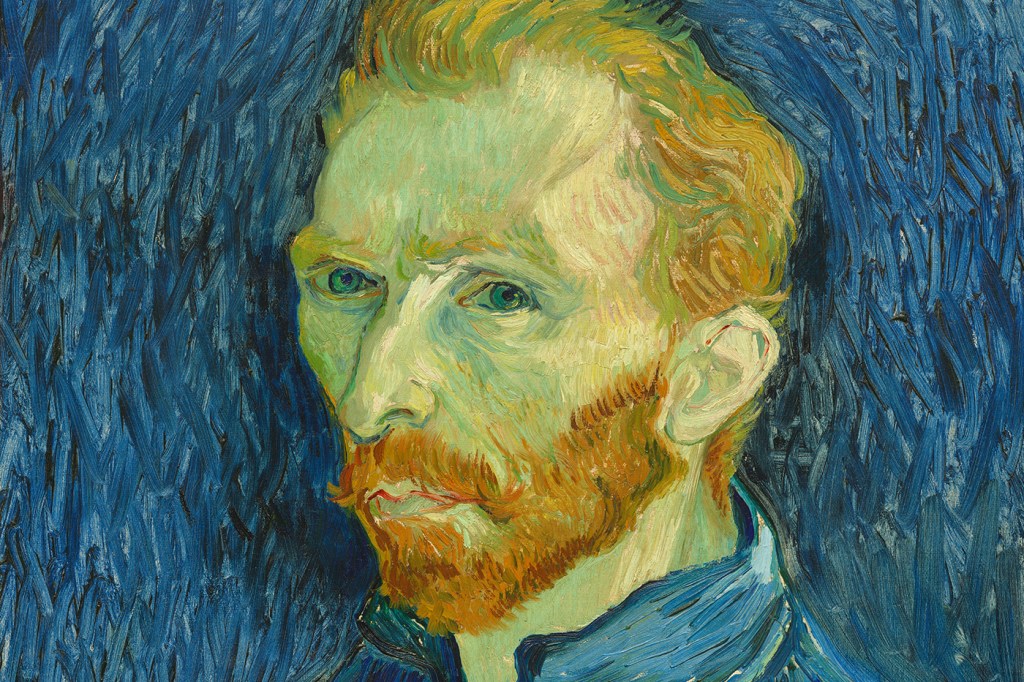Why there are no more Van Goghs

Pity the poor, struggling artist. He or she may have dreamed of earning global acclaim by the example of Vincent Van Gogh, who worked in tortured obscurity for a decade before his paintings made him famous.
But it is not to be, according to new research by Northeastern network scientist Albert-László Barabási.
“There is this belief that sooner or later the community will discover it,” says Barabási of work by little-known artists. “But that is bull. And there is data to show it.”
Barabási’s study of a half-million artists over a span of 36 years reveals a discouraging truth. If you haven’t been recognized early in your career by the art world, asserts Barabási, then you are unlikely to ever realize the highest level of success.
Barabási’s revelations are not restricted to the art world. In his new book, The Formula: The Universal Laws of Success, he explains why fame and money aren’t necessarily related to achievement.
The blunt truth of Barabási’s work is that success isn’t really about the performer. Quite the contrary: Success is defined by the audience.
The business of art is practiced in a secretive and traditionally unfathomable world. For painters, sculptors, and other creators of physical works, access to the most prestigious art houses is critical.

“By showing at major galleries or museums,” writes Barabási in The Formula, “you’re guaranteed to be a superstar in the art world.”
The revelation of Barabási’s research is that those guarantees are issued in the early going of an artist’s career. In art, counterintuitively, timing is everything. If you fail to earn an immediate invitation to show your work at any of the high-end influencers (including the Guggenheim or Museum of Modern Art in New York, the multinational Pace or Gagosian galleries, or the Centre Pompidou in Paris) then your invitation is unlikely to ever come.
Probability of having their next exhibit in an institution for artists of high and low initial prestige
Source: “Quantifying Reputation and Success in Art.” Visualization by Lia Petronio/Northeastern University.
“Recognition and value are shaped by a network of experts, curators, collectors, and art historians whose cultivated judgments act as gatekeepers for institutions like museums, galleries, and auction houses,” writes Barabási in his paper, “Quantifying Reputation and Success in Art,” co-authored with Samuel P. Fraiberger, Roberta Sinatra, Magnus Resch, and Christoph Riedl. “These distributed collective judgments give rise to artistic prestige, determining access to institutions and artists.”
The numbers are staggering. Based on data collected from 1980 to 2016 across 143 countries by Resch, the German art historian and builder of the art app Magnus, Barabási’s Center for Complex Network Research in Boston was able to review 914,681 exhibitions and auctions held in 24,809 galleries, museums, and auction houses. As a result, he was able to reconstruct the careers of 496,354 artists.
His work tells a story of haves and have-nots. For those artists whose first five exhibitions were held in low-end galleries and museums, only 14 percent were still active in the art world a decade later. Those artists who essentially debuted in the top 20 percent of institutions went on to enjoy a more entitled run: Almost 60 percent of them remained in the high-prestige tier throughout their careers, and the average maximum price of their work was almost $200,000, as opposed to $40,000 for “low-initial” artists.
Evolution of careers for artists of high and low initial prestige
Source: “Quantifying Reputation and Success in Art.” Visualization by Lia Petronio/Northeastern University.
It makes sense financially for high-end galleries, museums, and auction houses to uphold artists’ reputations like pieces of tradable stock. They are able to dictate the price because art is entirely subjective, and therefore has no built-in value.
“In art, the performance is unmeasurable,” says Barabási. “If I’m [managing] a gallery and I sold that artwork to my collectors for $1 million, I will do everything to keep that valuation. I will not let you go down. I will not let you exhibit at the places where I think you’re going to lower your valuation.”
There have been a few rags-to-riches stories. No more than 240 artists who began exhibiting at low-prestige institutions were able to see their last five recorded exhibits showcased in high-prestige museums and galleries. They amounted to 0.048 percent of the sample, or fewer than five for every 10,000 artists. They are the exceptions who prove the rule, and even in their cases was Barabási able to find a common denominator: Their breakthroughs were achieved in the first 10 years of their careers.
How careers evolve for artists of high and low initial prestige
Source: “Quantifying Reputation and Success in Art.” Visualization by Lia Petronio/Northeastern University.
None mirrored the stature of Van Gogh.
“Where you start really determines how far you can get,” Barabási says. “And it’s scarily accurate.”
For media inquiries, please contact Mike Woeste at m.woeste@northeastern.edu or 617.373.5718.
